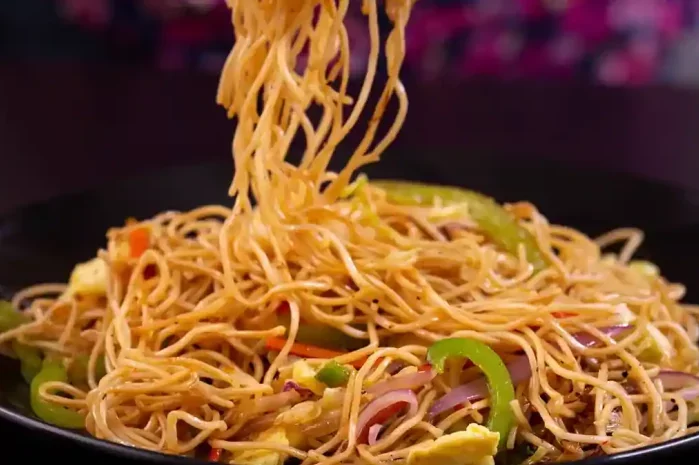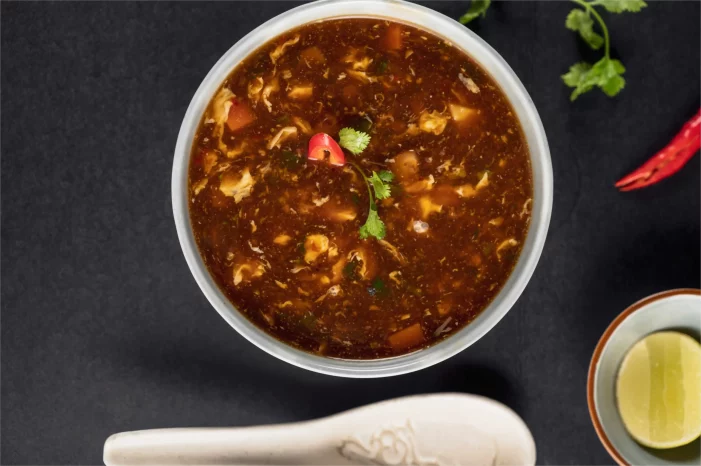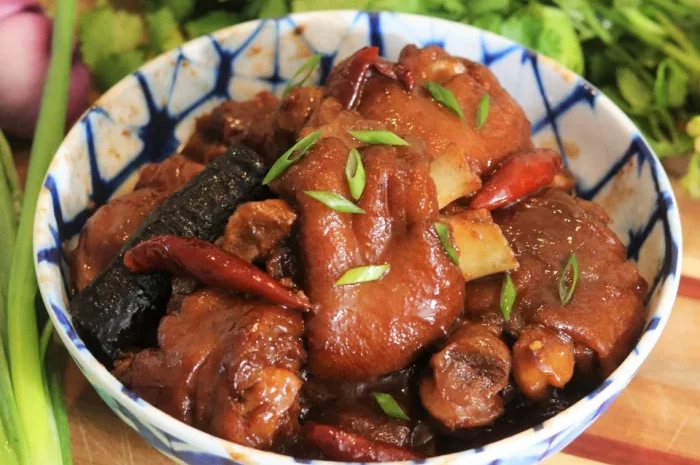Chow Mein, a beloved dish in Chinese cuisine, has captured the hearts and palates of food enthusiasts around the world with its tantalizing blend of flavors, textures, and aromas.
While readily available at many restaurants, there’s something truly special about crafting this delectable dish from scratch in the comfort of your own kitchen.
In this comprehensive guide, we’ll embark on a culinary adventure to master the art of homemade Chow Mein, exploring its origins, ingredients, cooking techniques, and serving suggestions to create a dish that is sure to impress even the most discerning taste buds.
Unraveling the Origins of Chow Mein
Chow Mein, which translates to “fried noodles” in Cantonese, traces its roots back to the Guangdong province of southern China. Originally a simple dish made with stir-fried noodles, vegetables, and occasionally meat or seafood, Chow Mein has evolved over the centuries to encompass a wide range of regional variations and culinary adaptations.
Exploring Key Ingredients
The beauty of Chow Mein lies in its versatility, allowing for endless variations based on personal preferences and ingredient availability. However, some key components typically found in traditional Chow Mein recipes include:
1. Noodles:
The foundation of any good Chow Mein dish, noodles play a crucial role in determining its texture and overall flavor profile. While fresh egg noodles are preferred for their chewy texture and ability to absorb sauces, dried noodles such as ramen or wheat noodles can also be used with excellent results.
2. Protein:
Whether it’s succulent slices of chicken, tender strips of beef, plump shrimp, or crispy cubes of tofu, protein adds depth and richness to Chow Mein, elevating it from a simple noodle dish to a satisfying and balanced meal.
3. Vegetables:
A colorful array of vegetables, such as bell peppers, carrots, onions, broccoli, and snow peas, not only enhance the visual appeal of Chow Mein but also contribute to its nutritional value and flavor complexity.
4. Sauce:
The secret to a flavorful Chow Mein lies in its sauce, which typically consists of a harmonious blend of soy sauce, oyster sauce, hoisin sauce, sesame oil, and other seasonings. This savory-sweet sauce coats the noodles and ingredients, infusing them with umami-rich goodness and irresistible aroma.
Mastering the Cooking Techniques
Achieving the perfect balance of flavors and textures in Chow Mein requires mastering a few fundamental cooking techniques:
1. Noodle Preparation:
Start by cooking the noodles according to package instructions until they are al dente, then rinse them under cold water to stop the cooking process and prevent them from sticking together.
2. Stir-Frying:
Heat a wok or large skillet over high heat and add oil. Quickly stir-fry the protein and vegetables until they are cooked through but still crisp-tender, then remove them from the pan and set aside.
3. Sauce Reduction:
In the same pan, combine the sauce ingredients and bring them to a simmer, allowing the flavors to meld and the sauce to thicken slightly.
4. Final Assembly:
Add the cooked noodles to the pan along with the protein and vegetables, tossing everything together until well combined and heated through. Serve hot, garnished with sliced green onions or sesame seeds for added flavor and visual appeal.
Serving Suggestions and Variations
Chow Mein can be enjoyed on its own as a hearty main course or paired with other dishes to create a multi-course feast. Some popular serving suggestions and variations include:
1. Family Style:
Serve Chow Mein family-style alongside other Chinese-inspired dishes such as fried rice, spring rolls, and dumplings for a festive and satisfying meal that caters to a crowd.
2. Vegetarian Option:
For a meat-free alternative, omit the protein and double up on the vegetables or add tofu for a plant-based protein boost.
3. Spice it Up:
Add a kick of heat to your Chow Mein by incorporating fresh chili peppers, sriracha sauce, or chili oil to the sauce mixture, elevating its flavor profile and tantalizing your taste buds.
Conclusion
In conclusion, mastering the art of homemade Chow Mein is a rewarding culinary journey that allows you to unleash your creativity in the kitchen while paying homage to the rich traditions of Chinese cuisine.
By following this comprehensive guide and experimenting with different ingredients, flavors, and cooking techniques, you can create a Chow Mein masterpiece that is sure to delight your family and friends and become a beloved staple in your culinary repertoire for years to come.

























